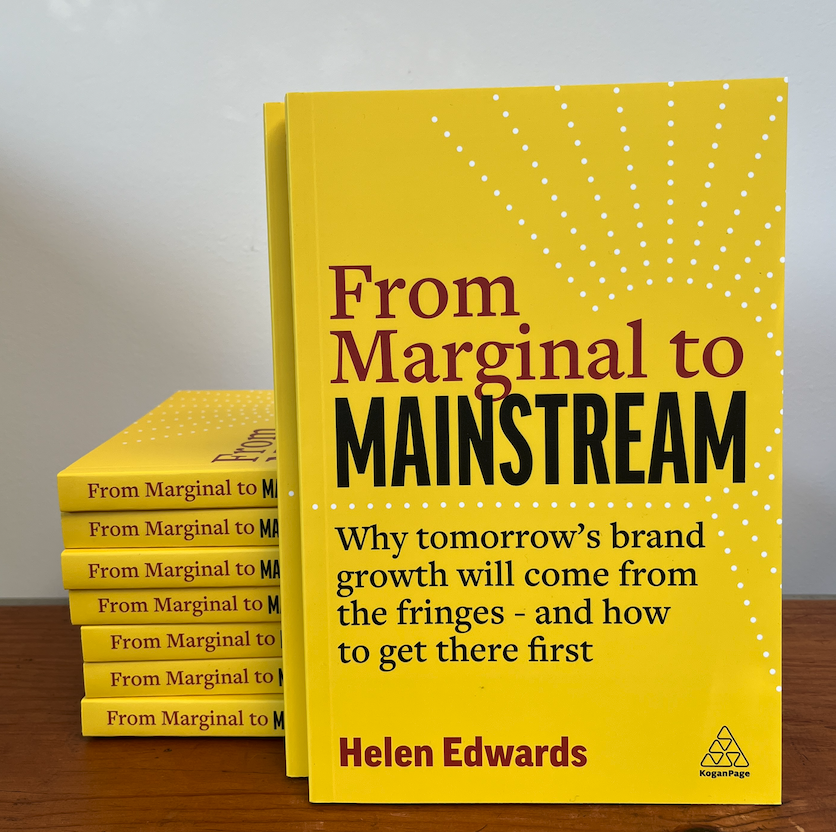 When marketers talk about disruption, it’s usually in reference to breakthrough innovation that has sprung up from within the organisation, or the industry it is part of.
When marketers talk about disruption, it’s usually in reference to breakthrough innovation that has sprung up from within the organisation, or the industry it is part of.
But there is another place to look, often ignored, but full of excitement and potential. This is when consumers in their millions change habits and adopt new ways of going about their lives, propelling new categories, inspiring new ways to market and fuelling new growth.
Look at the rise of veganism for example. For decades, vegans were a tiny minority, camped well inside the 1 per cent of the population. In a matter of five years from around 2018 that all changed. Today, the global vegan food and drinks sector is worth over $23bn.
In my book, From Marginal to Mainstream, I call this consumer-driven disruption – where markets get overhauled by sudden new forces of collective consumer preference, where waves that started as ripples crash onto commercial shores and carve out a changed landscape of corporate winners and losers.
Predictions
Those early ripples can be seen in today’s marginal behaviours and ways of life – choices that only a few people make now but that many more might take up in the years to come. Here are a few we looked at:
- Polyphasic sleeping – where people nap for 20 minutes every four hours around the clock (as Leonardo da Vinci was said to have done)
- The Quantified Self – where people use tech to monitor heart rate, blood pressure, sleep quality and even mood, to help them make adjustments to enhance their wellbeing.
- New nomadism – giving up the mortgage or rental to live in a recreational vehicle, where ‘home’ is literally where you park it (as hauntingly depicted in the 2020 film Nomadland)
We identified, tracked and and analysed over 60 marginal behaviours and fringe ways of life – from homeopathy to washing without soap – and probed for their likely uptake by a wider section of the population.

And that is the point: some will break through and go mainstream, but most won’t. How do you know which? How do you predict what the next ‘veganism’ will be?
Through a cross-cultural programme of original quantitative and qualitative research, plus a bespoke modelling methodology, we rounded on eight markers – Beacons, as we called them – which help illuminate the pathway from marginal to mainstream.
The more beacons you see in a given behaviour, the greater its likely uptake will be. It amounts to a structured approach to help marketers work out where to deploy discretionary R&D resources.
That said, nothing is certain in predicting human behaviour. It never is.
Marketers would do well to occasionally look in the other direction – not just towards their own current consumers but further afield, to those who might not even be using the category yet, for new sources of inspiration.
Out there somewhere on the fringes is a movement, a behaviour, a way of life that is tiny today but will be mass tomorrow. Today’s margins are tomorrow’s pot of gold, if you know how and where to look.
By Dr Helen Edwards is an Adjunct Associate Professor of Marketing at London Business School.









